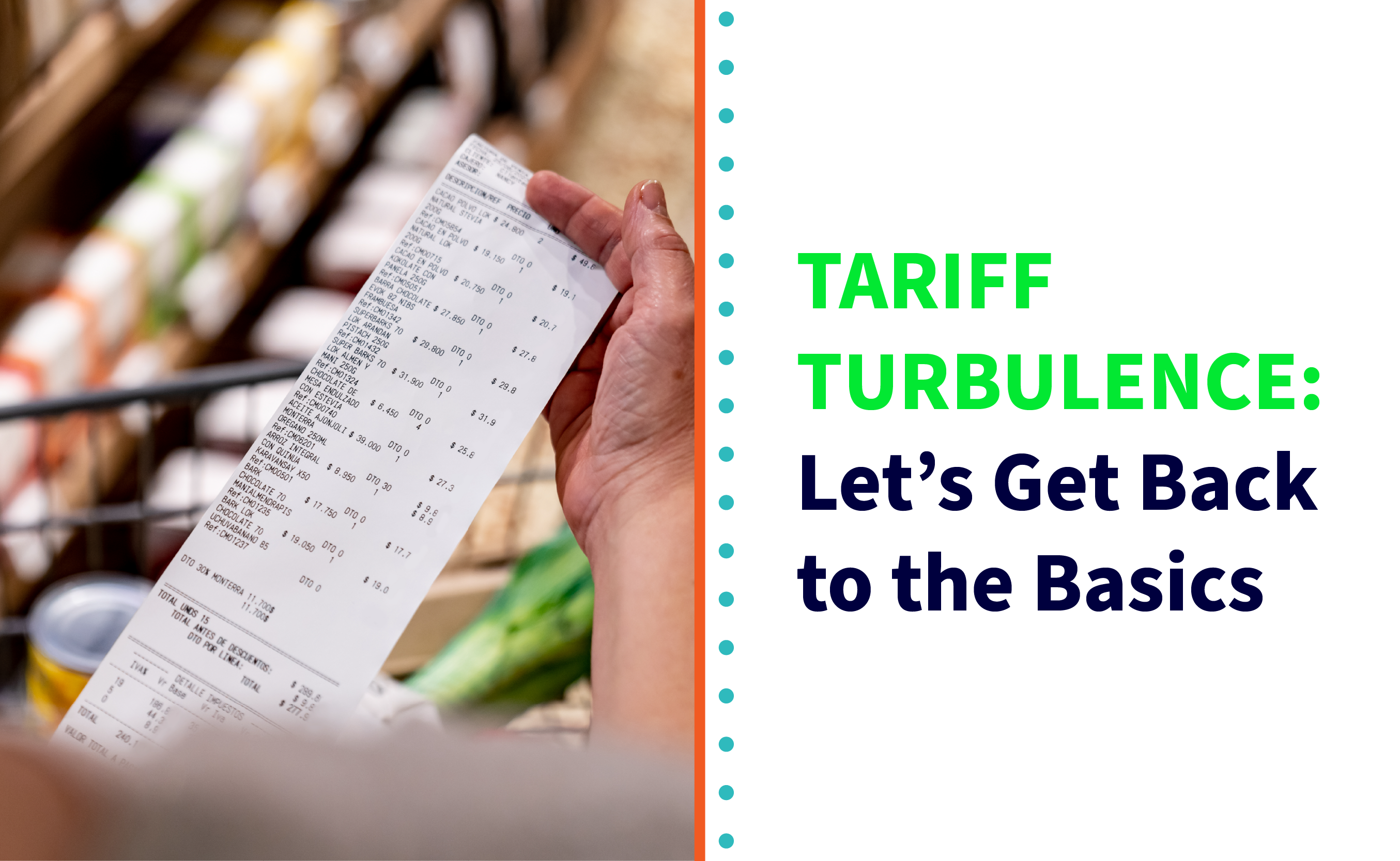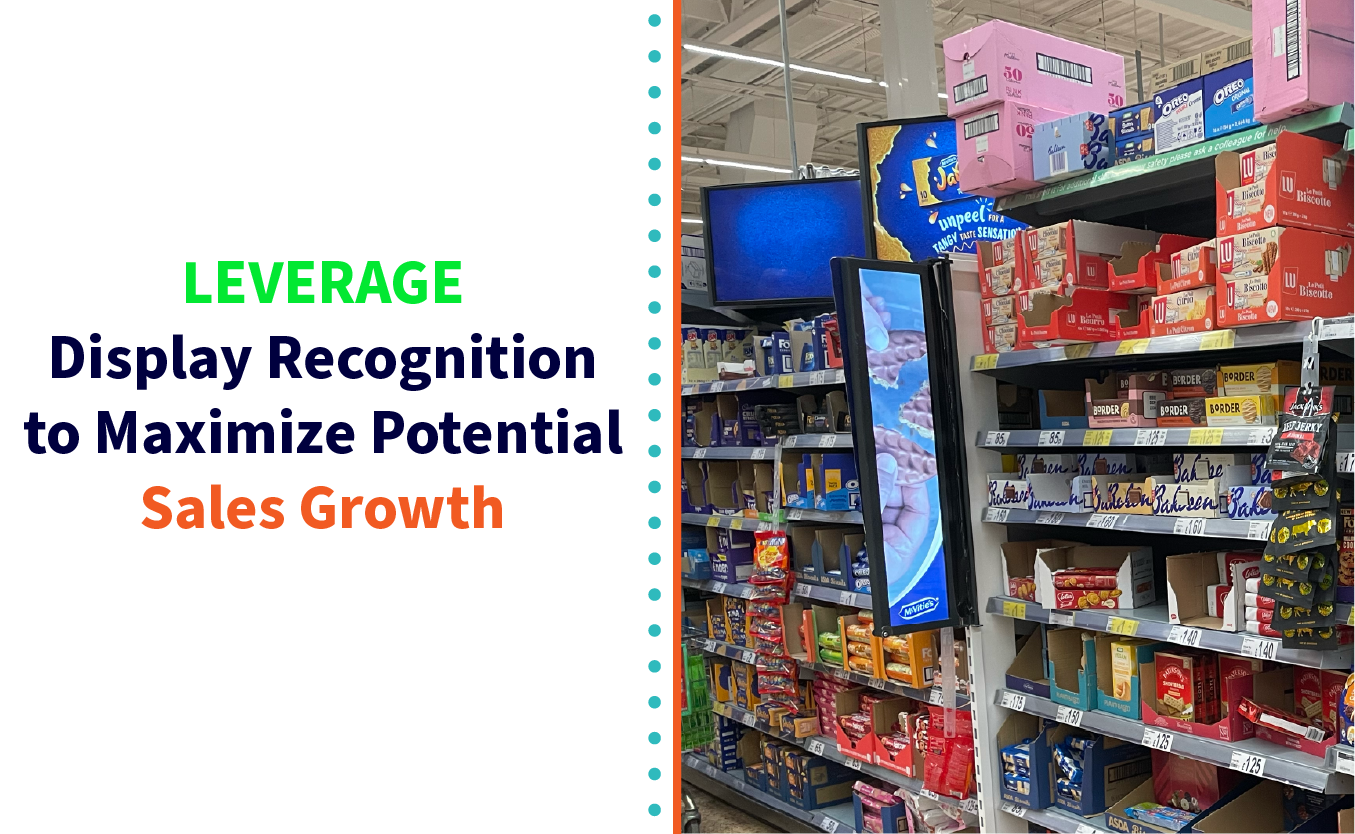OPTIMIZING NEW PRODUCT EXECUTION BLOG
Launching a new product isn’t easy! 30,000 new consumer products are launched each year, yet over 75% of them fail. According to the Harvard Business Review, one benchmark of a highly successful launch is for it to achieve $50 million in first-year sales, but fewer than 3% of new consumer packaged goods launches reach this level1. New product launches require meticulous consumer research, careful planning, outstanding execution and exhaustive analysis for retail execution to be successful.
Why does Retail Execution Matter?
The retailer is responsible for making a desirable product available for their shopper to buy in their stores. That means placing the product in the right category, with the appropriate level of space and enough stock to ensure continuous supply. Often, that can mean multiple locations in store, sometimes supplemented by an introductory promotional offer.
So, the stakes are high. The brand owner has spent significant sums developing a product, communicating its attractiveness to consumers and paying retailers for space in their stores.
The retailers have adapted their ranging to make space for a new product whose sales potential is yet unproven, in the hope that category sales and margins will be positively impacted.
What needs to happen next is that the stock hits the shelves at the same time as the consumer’s desire has been stoked up.
According to a Nielsen study, 63% of respondents to the “Global New Product Innovation Survey” said they like the fact that manufacturers offer new products.2
It is vital that all stores scheduled for the product launch have the items in stock and on the shelves ready to sell on the scheduled launch date. With newly released products, shoppers rely on the advertisements they’ve been exposed to and will have faith that the stores advertising the new product will have the item in stock.
There are negative consequences both for the brand owner and the retailer if the item is not in-stock when the consumer’s desire is at its peak.
For the brand owner, the impact of its significant investment in advertising will be dramatically diluted. Sales will simply be lost if the shopper can’t find the product in store, but the advertising spend is fixed and has been made.
It is fair to say that at one level the brand owner doesn’t care which channel or retailer the shopper uses to access its new product.
Its advertising will attempt to influence as many target consumers as possible, leaving them to buy the product in their chosen outlet. Of course, that approach depends on wide availability from the start, so Key Account teams need to agree on listings in all channels and retailers and get the stock into the trade.
Maintaining a healthy ROI on the advertising campaign is a powerful motivator to get it right, but there are other impacts to consider as well.
It is a fact that the consumer will associate a frustrating and unsuccessful experience in searching for a new product directly with the brand owner. So, as well as losing the sale, there is a negative impact on brand health.
The retailer doesn’t escape either. A regular shopper expects the retailer to stock the latest products, so a frustrated shopper will associate that experience with the retailer as well. So, the retailer suffers a loss in sales and a hit to its brand health too.
If we can agree therefore that it is in no one’s interest to have an imperfect launch, what can be done avoid it?
To find out more on how to optimize new product execution, download the Optimizing New Product Execution white paper.
This paper covers:
♦ The early warning signs of imperfect execution, and how to deploy retailer data
♦ Deploying field sales or merchandising resources
♦ Fixing problems at the head office level
♦ How to achieve execution perfection
Contact your local StayinFront representative to find out how Field Sales ROI can help your business.
www.stayinfront.com
sales@stayinfront.com
Phone: +1.973.461.4800
Toll Free: 800.422.4520







